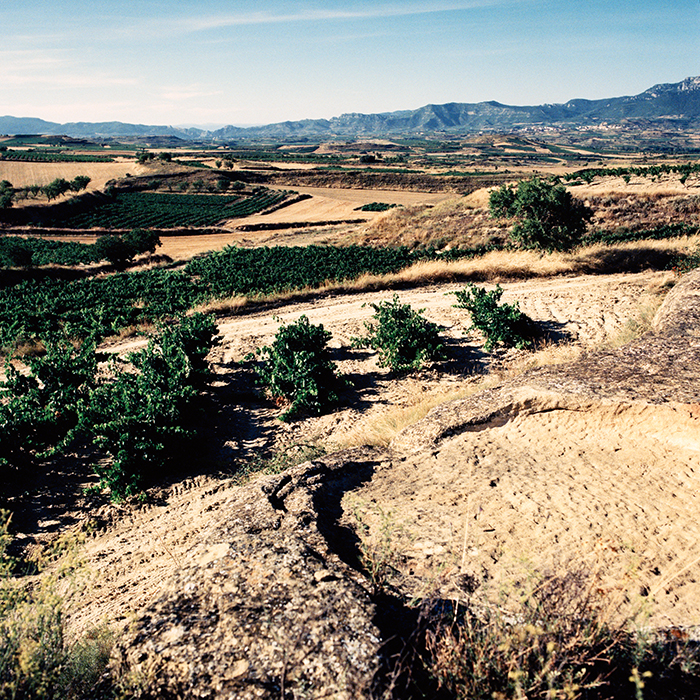Discovering the three faces of Rioja
Author: Lucy Bland

I had not expected La Rioja to be quite so beautiful. As we drove away from Bilbao airport heading south, the scenery became more rugged and impressive the further we went. After a while we entered wine country; the warming sunlight wrapped itself around us and gave the surrounding view a gorgeous golden quality.
Olive trees and vines alike stood out on the surrounding hills, shimmering in the sunlight as terracotta-tinted towns awaited us on the skyline. The early flight was forgotten. Almost. I made a mental note to come back as soon as possible.
I have read and learnt a lot about the Rioja wine region, but finally being there in person felt like all those wine maps were coming to life in front of me. We spent a bit of time in all three subregions of La Rioja: La Rioja Alta, La Rioja Alavesa and La Rioja Oriental (formerly La Rioja Baja).
I vaguely knew that La Rioja Alta and Alavesa were situated closer to the Sierra Cantabria, at a higher elevation than La Rioja Oriental. Yet driving towards La Rioja Oriental – a flatter, warmer and drier part of the region, I still found myself slightly surprised by just how much the land really did flatten out around us. The textbooks hadn’t lied.
“Baja” means lower in English, while “alta” is higher, which refers simply to altitude here, as opposed to quality. I have sometimes struggled to grasp and appreciate the differences of these three subregions, but it all made so much more sense in situ.
La Rioja Oriental, for example, can sometimes be overlooked, but standing in the gorgeous La Montesa vineyard of Álvaro Palacios it was easy to comprehend why their Garnacha bush vines perform so incredibly well here. To ripen fully, Garnacha needs warmer conditions than Tempranillo (which forms the majority of a Rioja Alta or Alavesa Rioja blend); as a result, Garnacha retains its freshness here, while Tempranillo can struggle.
Our visit took place in early October, during the 2019 harvest. Seeing everything in action was an invaluable experience. And even though Rioja is typically a rather traditional region, there was a fair amount of innovation taking place as well. We were especially excited to taste Miguel Ángel de Gregorio’s first Finca Allende Rosado (from the 2016 vintage, a blend of Tempranillo and Garnacha) as well as a 2018 barrel sample of an old-vine Garnacha Blanca.
Both were absolutely fascinating and delicious. The 2019 yields were a little lower than in 2018, but there was huge excitement amongst growers about the quality of the vintage. A couple of comparisons were even made with the legendary 1964 vintage… I am looking forward to seeing the results.


